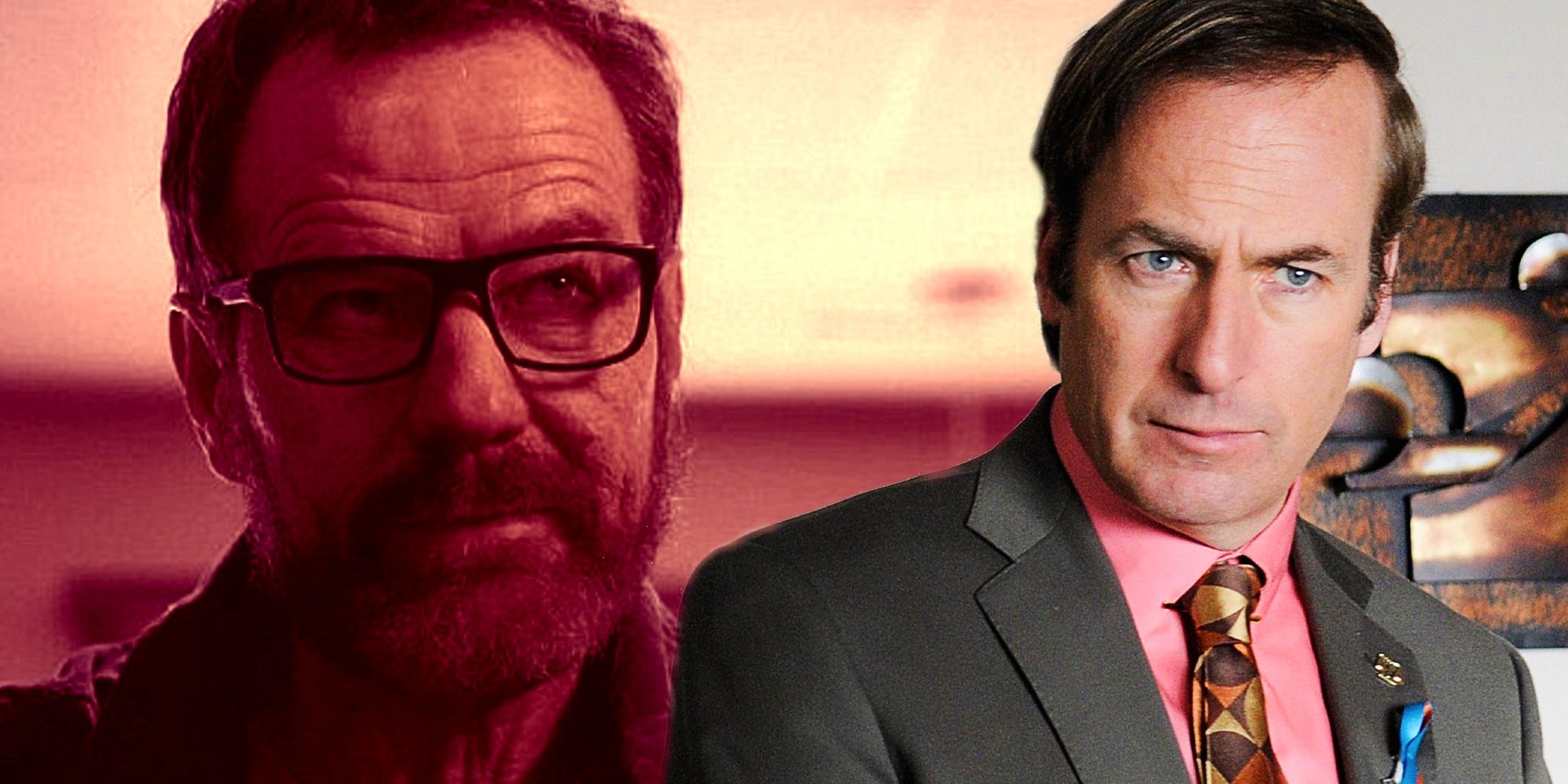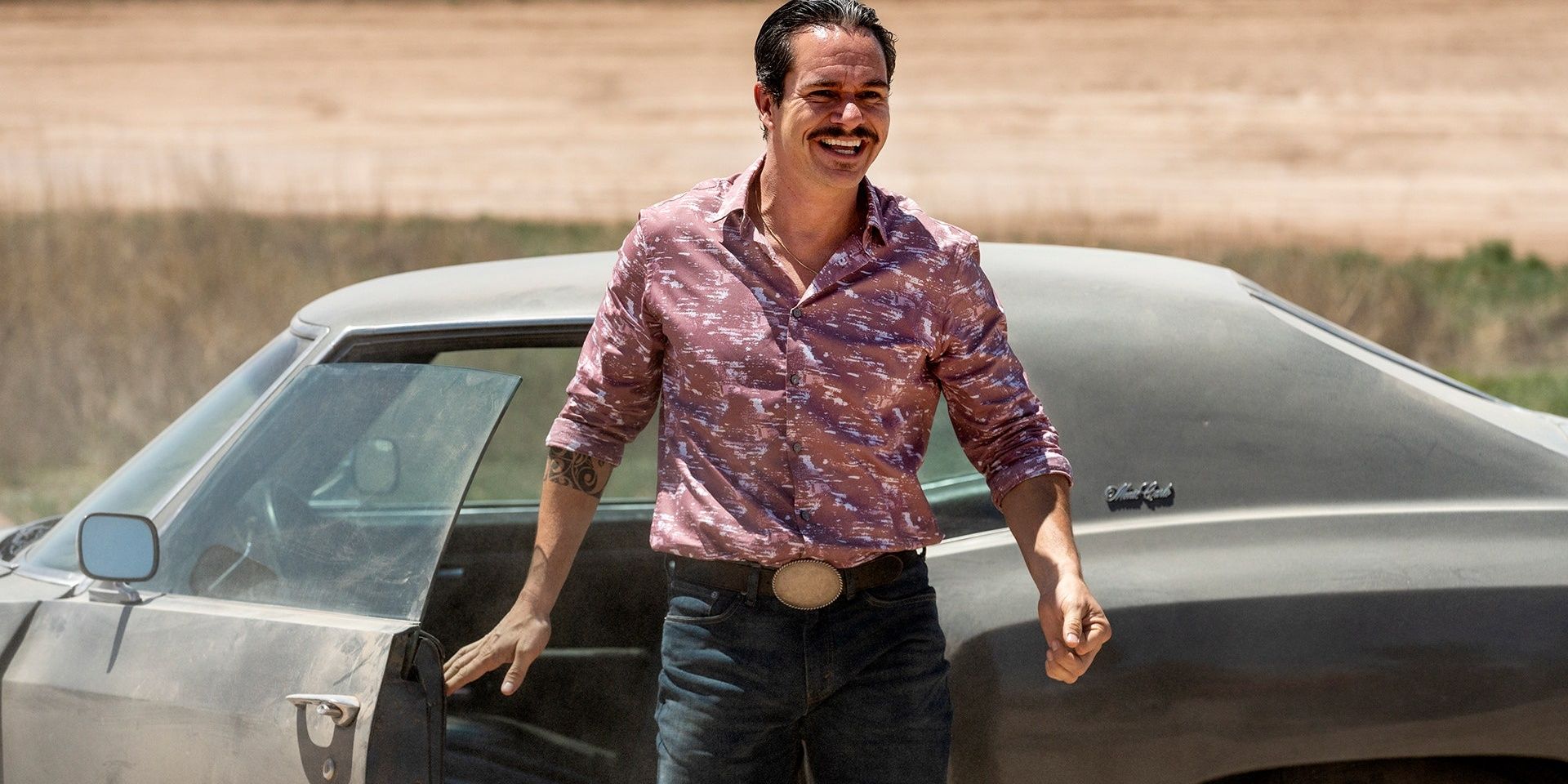
Bob Odenkirk's character promise ensures Better Call Saul season 6 avoids a Breaking Bad problem. Excitement for Better Call Saul's final season is intensifying, with AMC announcing the first part of season 6 will premiere on April 18, 2022, with the second part to follow in July the same year. Yet despite several shocking storylines to conclude in its final season, Better Call Saul looks set to stick to the slow burn formula that has brought the series much critical acclaim since 2015.
Better Call Saul season 5 ends on something of a cliffhanger, with Jimmy McGill (Bob Odenkirk) looking to sabotage Howard Hamlin (Patrick Fabian) in court and Lalo Salamanca (Tony Dalton) surviving a brutal assassination attempt. Across its fifth season, Vince Gilligan's Breaking Bad spinoff began to feel much more like its predecessor, with Mike Ehrmantraut (Jonathan Banks) sniping shooters from a rooftop and Gustavo Fring (Giancarlo Esposito) building another supersized meth lab in Albuquerque. While these scenes became commonplace across Breaking Bad's final seasons as Walter White's (Bryan Cranston) drug empire began to implode, Better Call Saul season 5's action felt forcibly accelerated compared to its earlier installments.
As a result, Bob Odenkirk's character promise helps Better Call Saul avoid a Breaking Bad pitfall. In an interview with The New York Times, Odenkirk states Better Call Saul's final season will be character-focused, promising a return to characterization over more flashy, Breaking Bad-Esque moments. This statement is good news for Better Call Saul audiences, with Breaking Bad's final episodes containing some ridiculous moments forced by an ever-escalating sense of one-upmanship.

In the same New York Times interview, Odenkirk offers up his opinion on Better Call Saul season 6 ahead of its release, stating: "But what I like about it is, it’s not cheap. It’s not easy. It doesn’t feel cartoonish. It’s pretty great, I think. It’s pretty great. I would wanna end with this kind of character-development focus. That’s what it’s about, instead of something that just has guns in it. I guess there’s a few guns, but they’re not like in other episodes. I spend a fair amount of time doing crimes this season. Just stupid crimes." This character-based sentimentality harks back to the elements that distinctly separate Better Call Saul from Breaking Bad, with the latter becoming more grandiose in line with the growth of Walter's wealth, notoriety, and ego.
Breaking Bad season 5, in particular, pushed the limits of credibility with scenes such as the automatic machine gun working flawlessly from the back of Walter White's car. This scene is endemic of the escalation Breaking Bad felt pressured to produce in its final season, complete with explosions, gunfights, and train heists. Breaking Bad season 5 also brought several less coherent characters, such as Jack Welker, to the fore (Michael Bowen) with the deplorable white supremacist and his cohort running amok with little prior setup. Better Call Saul, however, looks set to avoid the same problem its forebear shouldered by keeping a clear character focus across its last 13 episodes.
from ScreenRant - Feed https://ift.tt/XuOtGWj

No comments:
Post a Comment